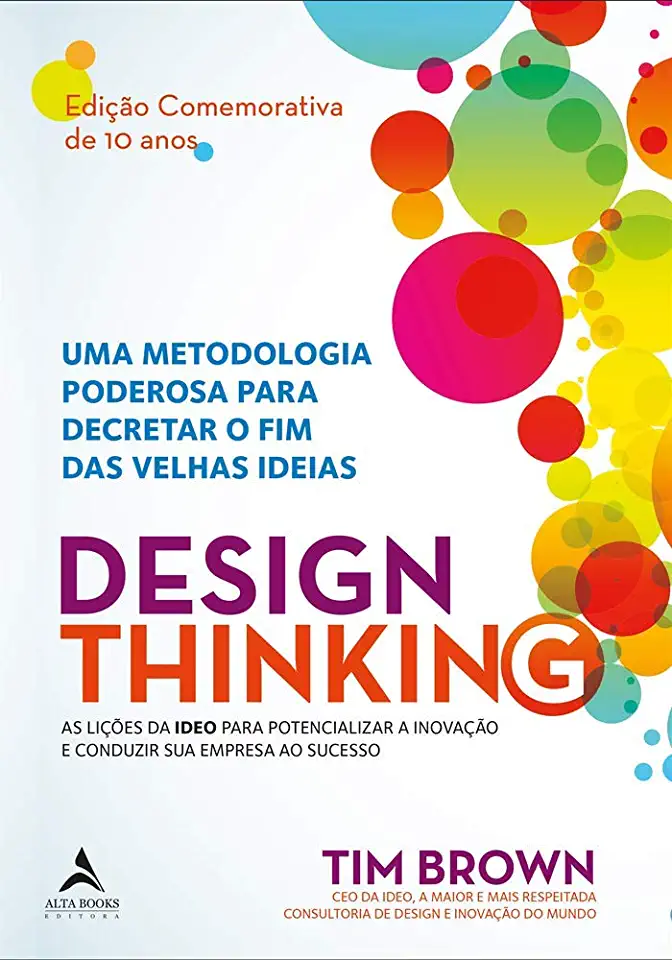
Design Thinking, Tim Brown
Design Thinking: A Human-Centered Approach to Innovation
In today's fast-paced and competitive business environment, innovation is no longer a luxury but a necessity. Companies that want to stay ahead of the curve and thrive in the face of constant change need to embrace a systematic and human-centered approach to problem-solving and innovation. This is where design thinking comes into play.
What is Design Thinking?
Design thinking is a creative problem-solving methodology that puts the user at the center of the innovation process. It involves a deep understanding of the user's needs, desires, and pain points, and then using this knowledge to develop innovative solutions that meet those needs.
Why is Design Thinking Important?
Design thinking is important because it allows businesses to create products, services, and experiences that are truly user-centric and solve real-world problems. By understanding the user's perspective and involving them in the design process, companies can increase their chances of success and create products that people love.
The Design Thinking Process
The design thinking process is a non-linear, iterative process that involves several key stages:
- Empathize: This stage involves understanding the user's needs, desires, and pain points through research and observation.
- Define: In this stage, the problem is clearly defined based on the insights gathered from the empathize stage.
- Ideate: This stage involves generating a wide range of creative solutions to the defined problem.
- Prototype: In this stage, low-fidelity prototypes of the proposed solutions are created to test and refine the ideas.
- Test: This stage involves testing the prototypes with users to gather feedback and make necessary improvements.
Benefits of Design Thinking
Design thinking offers numerous benefits for businesses, including:
- Increased innovation: Design thinking encourages creative problem-solving and the generation of novel ideas.
- Improved user experience: By putting the user at the center of the design process, design thinking ensures that products and services meet the needs and desires of the target audience.
- Reduced risk: By testing prototypes with users early in the design process, design thinking helps businesses identify and mitigate potential problems before investing significant resources.
- Enhanced collaboration: Design thinking fosters collaboration between different teams and departments within an organization, leading to a more cohesive and effective innovation process.
Conclusion
Design thinking is a powerful tool that can help businesses create innovative products, services, and experiences that meet the needs of their users. By embracing design thinking, companies can gain a competitive advantage and thrive in the ever-changing business landscape.
Call to Action
If you're ready to learn more about design thinking and how it can benefit your business, I encourage you to pick up a copy of Tim Brown's book, "Design Thinking: A Human-Centered Approach to Innovation." This comprehensive guide will provide you with the knowledge and tools you need to implement design thinking in your organization and drive innovation.
Enjoyed the summary? Discover all the details and take your reading to the next level — [click here to view the book on Amazon!]